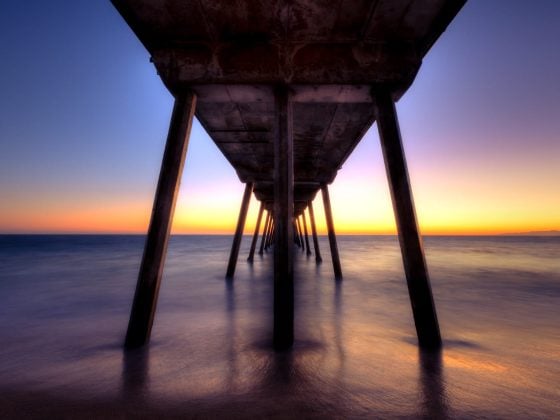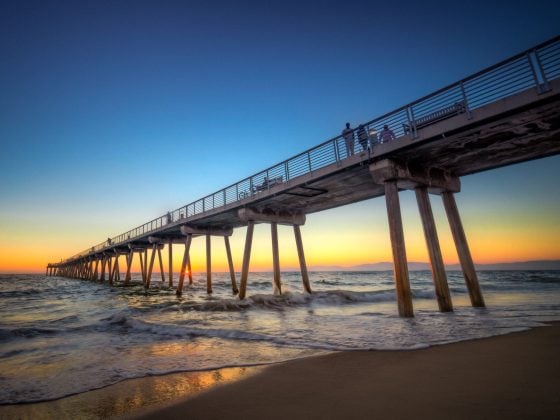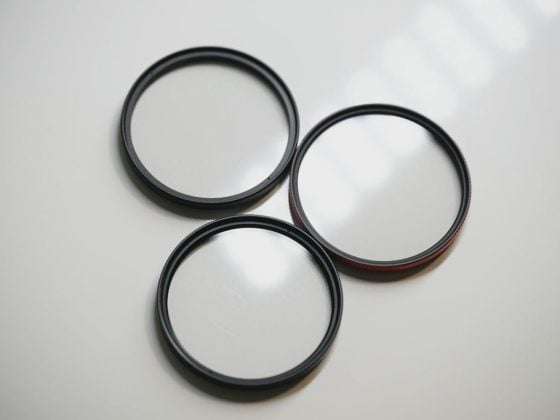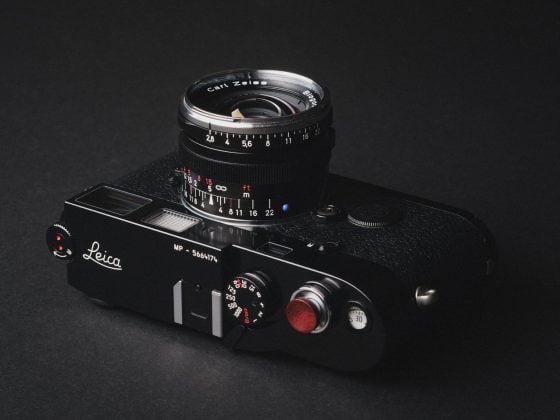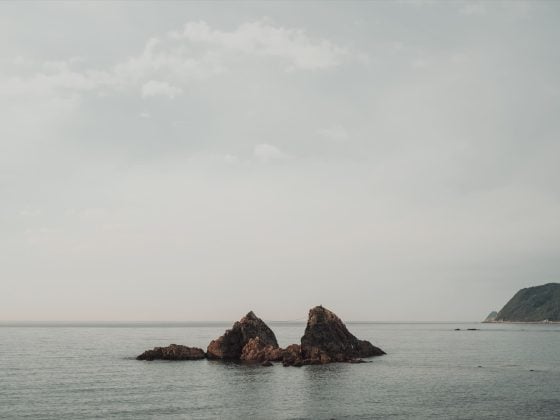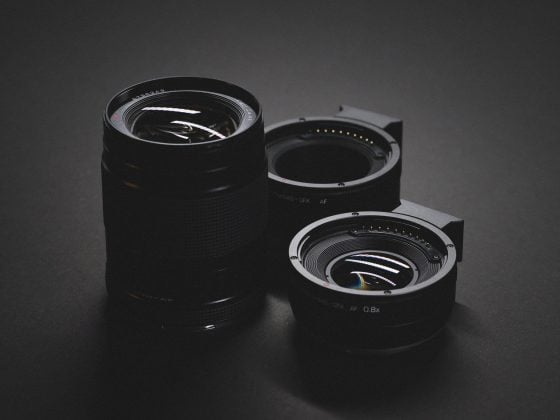Consider this review a great example of what kind of images you’ll be able to get out of the Canon 16-35mm f4L IS, but imagine the images being a bit sharper, especially along the edges and corners. If you’re still looking for a lens in this range that is faster, like for those who shoot astrophotography, then the current model 16-35mm f2.8 will suit you well.
Canon 16-35mm f2.8L II Review
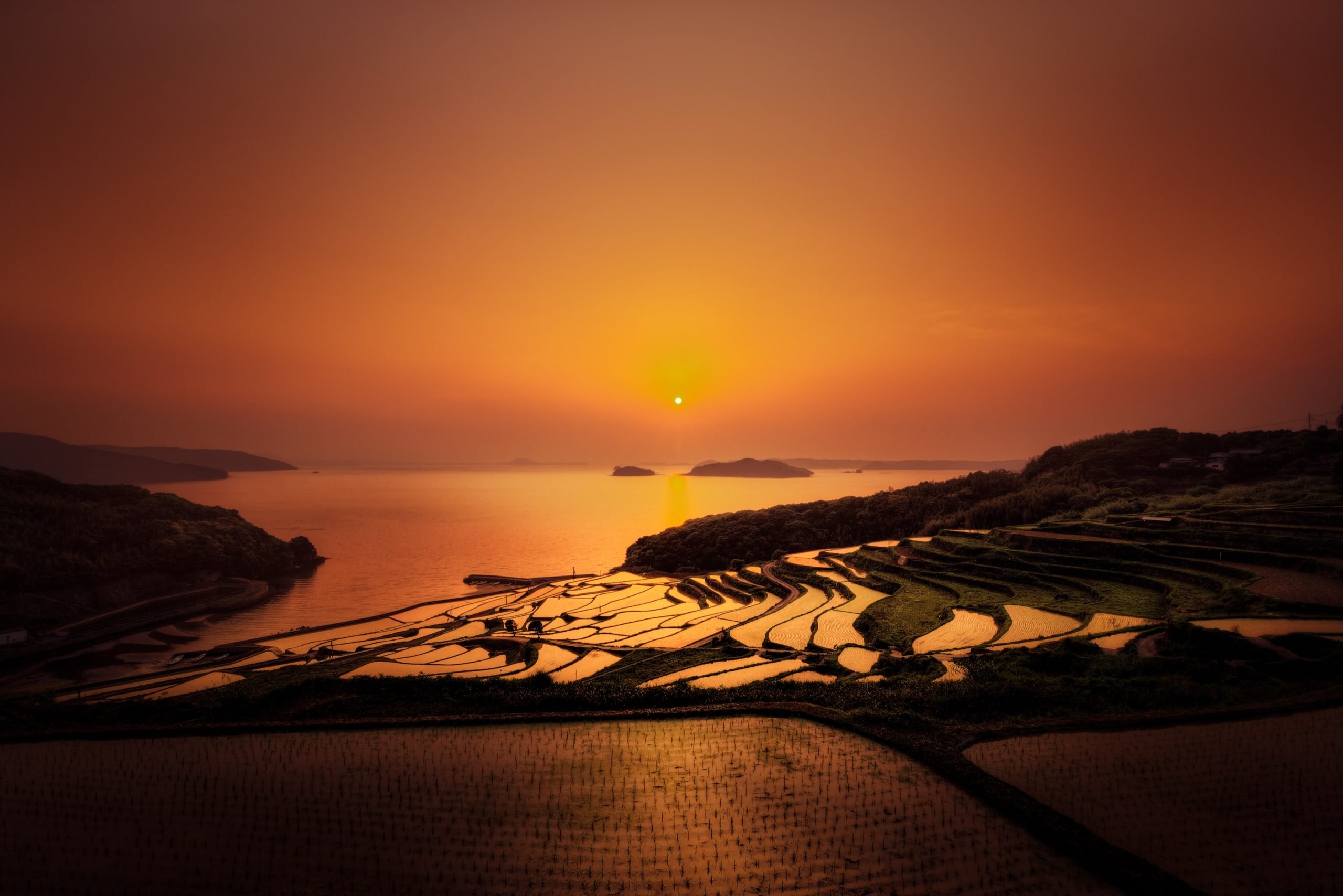
I’ve recently adopted the use of Ultra Wide angle lenses after strictly using the Canon 24-70mm f2.8 for the last few years.
There are two ultra-wide-angle lenses I picked up. This one is the Canon EF 16-35mm f2.8L II USM and the Samyang 14mm f2.8. So far, they are both nice. Compared to the Canon 24-70mm f2.8, the 16-35mm f2.8L II seems much sharper all around, and it zooms out significantly wider.
The Canon 16-35mm f2.8L II Experience
Now that I’ve had this lens a while I’ve noticed it can open up my scenes and make them look larger than life. The Canon 24-70mm f2.8L is a nice lens but its focal range just doesn’t allow you to expand the world the same way as an ultra-wide can.
4 Things I Love About This Lens
1. Small And Light
It’s not small for a lens, but it’s small for a full-frame ultra-wide zoom. And it’s pretty light as well.
I’m used to the Canon 24-70mm f2.8L II. The lens is much smaller and lighter in comparison.
2. Durable
I’ve used the lens for a few years now. It’s been dropped, banged, covered in rain, water, and dust, and is still as good as new. Except for some dust inside from not using a front UV filter.
Older lenses had issues with the lens mount being held in with plastic mounts. This is not the case with this lens. Mine is metal. However, the lens itself is made of high-quality plastic.
3. Sharpness
Sharpness is great in the center but falls off a bit toward the edges. Also, the lens is much sharper at the wide end than at the tele end, which is how I use it.
4. Screw On Filters
It’s nice being able to screw on filters on an ultrawide zoom. It’s a rare quality.
I like to use ND filters and this makes it very easy.
3 Things I Don’t Like About This Lens
1. Soft Edges
I wish the lens had stayed sharp, but the edges would get slightly soft.
2. Chromatic Aberrations
They aren’t bad at all with this lens, but they are there. To be expected from a zoom lens. But you might want to consider using primes for those high-quality fine art prints.
3. Weather Sealing Isn’t Great
Make sure to use a front UV filter to seal the lens. Mine has a lot of dust inside now from now doing this. It doesn’t hurt image quality unless I shoot at extremely high apertures.
Canon 16-35mm f2.8L II VS Samyang 14mm
It’s kind of like comparing apples to oranges, but both lenses are similar in a way.
The Samyang at 14mm it’s not as sharp in the corners or the center, but I feel it is a bit sharper all around. This is to be expected when comparing any Zoom to Prime.
The Samyang is also relatively free from chromatic aberrations compared to the Canon.
What Lens Do I Like More?
It’s hard to say what I like more. For shooting at 14mm or strictly ultra-wide, I’ll stick with the Samyang 14mm. But when traveling and when I need versatility, I always make sure I have my 16-35mm.
If the 16-35mm is too pricey for you and you’re looking for a landscape HDR beast, then check out the Samyang 14mm f2.8. I love it.
Other Ultra Wide Zoom Lens Options
I would consider only two other options in this range besides the Canon 16-35mm f2.8L II.
The first is the Tokina AT-X Pro FX 16-28mm f/2.8 for Canon. It’s a few hundred cheaper and slightly sharper.
The other is the Canon EF 17-40mm f/4L USM. It’s sometimes even cheaper than the Tokina, not quite as sharp or as fast, but the drawbacks become irrelevant when shooting high aperture scenes such as landscape photography.
Canon 16-35mm f2.8L II Sample Photos
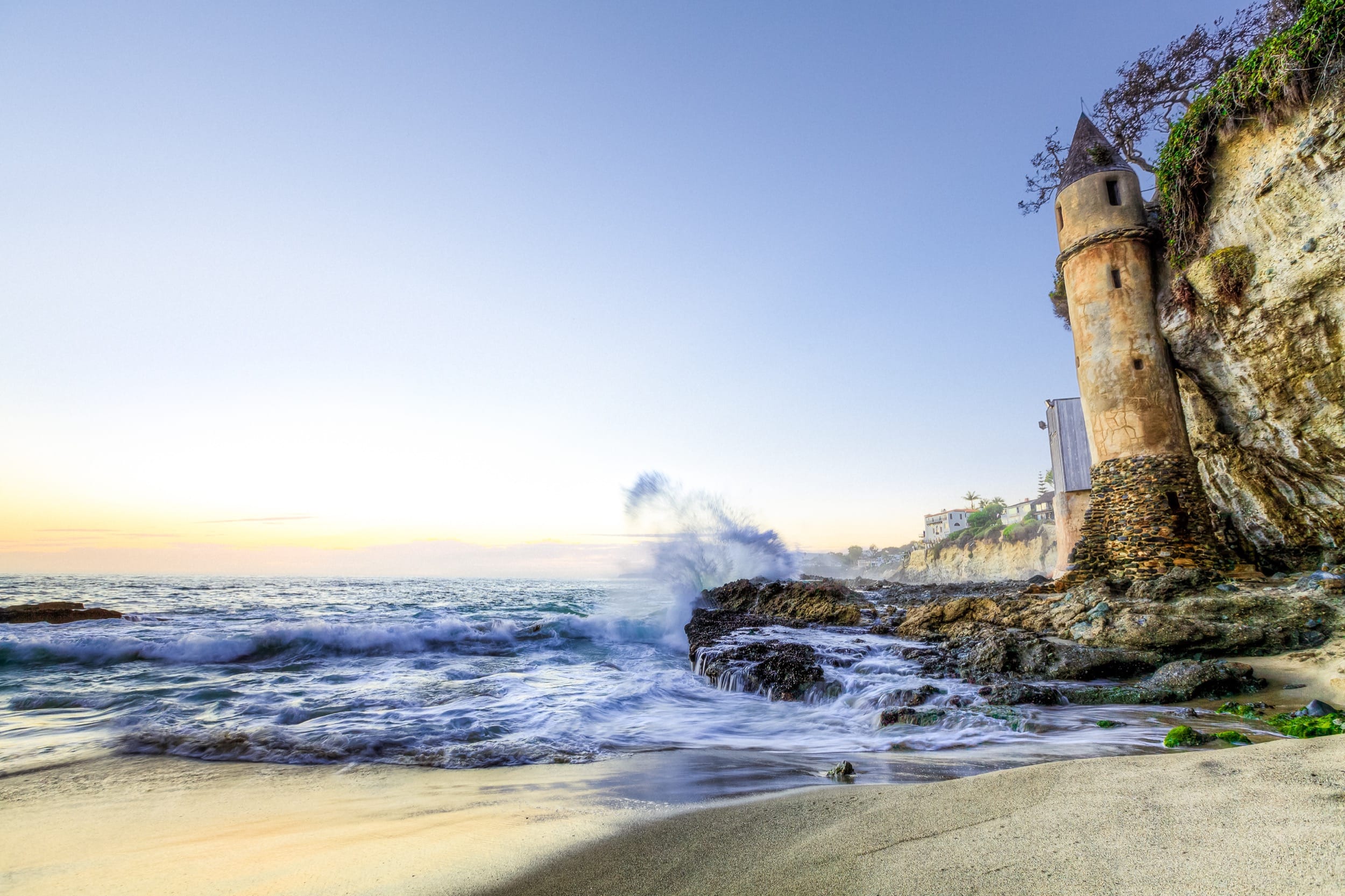
If you have any questions about the Canon 16-35 f2.8L II Review or the Sample Photos, please leave a comment.
Which lens would you prefer, The Canon 16-35mm F4 or the 2.8?
| **This website contains affiliate links. We will earn a small commission on purchases made through these links. Some of the links used in these articles will direct you to Amazon. As an Amazon Associate, I earn from qualifying purchases. |

